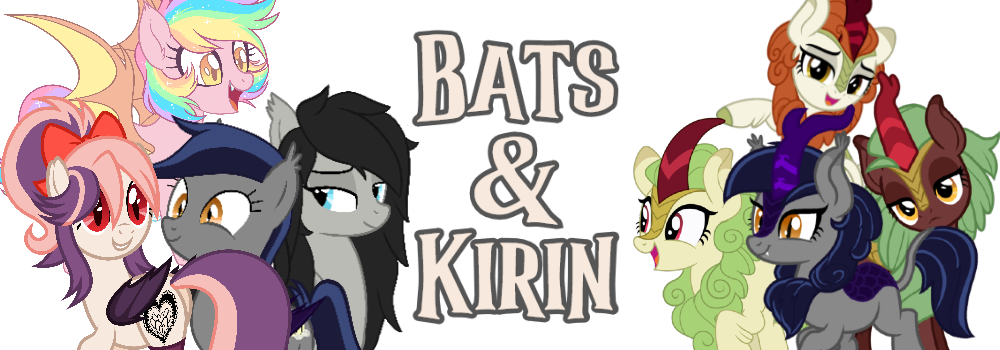Let’s talk about the second issue in the Micro Series that pitted Rainbow Dash against foes never seen in the show.
Time for a look back at an older comic. Mind the spoilers if you haven’t read!
After Twilight Sparkle’s Micro story, many fans were wondering how future issues would play. Was this meant to be slice of life or would we get to see some action? Rainbow's Micro represents the other end of the spectrum, befitting our multi-hued heroine.
It starts off with the Summerfell Festival. Generic celebration #356 features the Wonderbolts and Rainbow putting on a display.
The show comes to a halt as Rainbow Dash becomes lost in a storm cloud. Turns out she’s not alone.
Ponyville is under assault from Cloud Gremlins. Vicious little creatures that are likely as close to humanoids as we’ll see. They feed on gloom and despair, and frightening Rainbow Dash is but their first step. They block the sun from Ponyville, growing stronger from Rainbow’s failed counterattacks.
Compared to Twilight’s Micro this seems to have far greater stakes. All of Ponyville is under attack. A passive-aggressive attack but it’s having an impact all the same. Yet with this larger threat comes a question: Why is this Rainbow’s challenge alone?
The Wonderbolts make an appearance but apparently leave just as quickly. Out of all of Rainbow’s friends, only Applejack and Tank are present and try to offer support. One would think an emotional assault would draw the attention of Celestia and Luna but this goes on for at least a week.
"Fortress of the Fantastic" would inspire a lucrative toy line within Equestria.
Rainbow Dash wouldn't see one bit.
This is the problem with opposite extremes. Too much focus on a single character can remove any sense of impact. Over-emphasis on a wide-spread threat raises the question of why more ponies aren’t involved. We may want Rainbow to succeed, but there’s never a reason given why she has to face this solo.
The reason for her struggles is also vague. Rainbow hurt her wings during the airshow and hasn’t been able to fly at top speed all week. The latter part of the conflict suggests that she’s afraid of going all-out. We witness many attempts but Rainbow’s fear doesn’t show. It’s mostly told through dialog which doesn’t match an action-oriented pony.
Yet as Rainbow struggles and fails against the Gremlins it becomes clear that the only way to beat their negativity is to inspire a moment of awe. Which is what Rainbow Dash does best. With her athletic prowess or a pep-talk, Rainbow has a gift for bringing out the best in others. So for the sake of Equestria, Rainbow risks it all to produce a…
The Gremlin’s final words highlight an issue with this… well… issue. I love a good pop culture reference. Something that feels like a bonus to the story and lets me say, “Hey, I understood that!” Yet one of the best parts of that element is the chance to read through the comic again and play “spot the reference”. That doesn’t happen in this comic.
The pop-culture references are in your face. They’re part of the dialog. The central focus of a panel. There’s nothing to go back and read twice because you can spot it all on the first pass.
Art-wise the comic does a good job of capturing the show’s look yet I’m still thrown off by the colored line art. It’s a personal preference but I find that black line work in a comic creates a bolder image than trying to match the pastel lines from the show. In fact, it’s curious to see that some background elements are lined in black while the characters have multi-tonal lines. This creates a disconnect between foreground and background elements that can spoil both.
The general sense for this comic is a unifying “meh.” It’s by no means bad but it doesn’t leave an impact. The comic highlight’s one of Rainbow’s greatest strengths but doesn’t allow the audience inside her head. Heavy on action but impersonal.
The odd thing is that, looking back, we went between extremes. Too secluded in Twilight’s Micro. Too big a setting for Rainbow's. Next week, let’s talk about the comic that got it just right. See you all for Rarity’s Micro!
Twitter: Silver Quill












